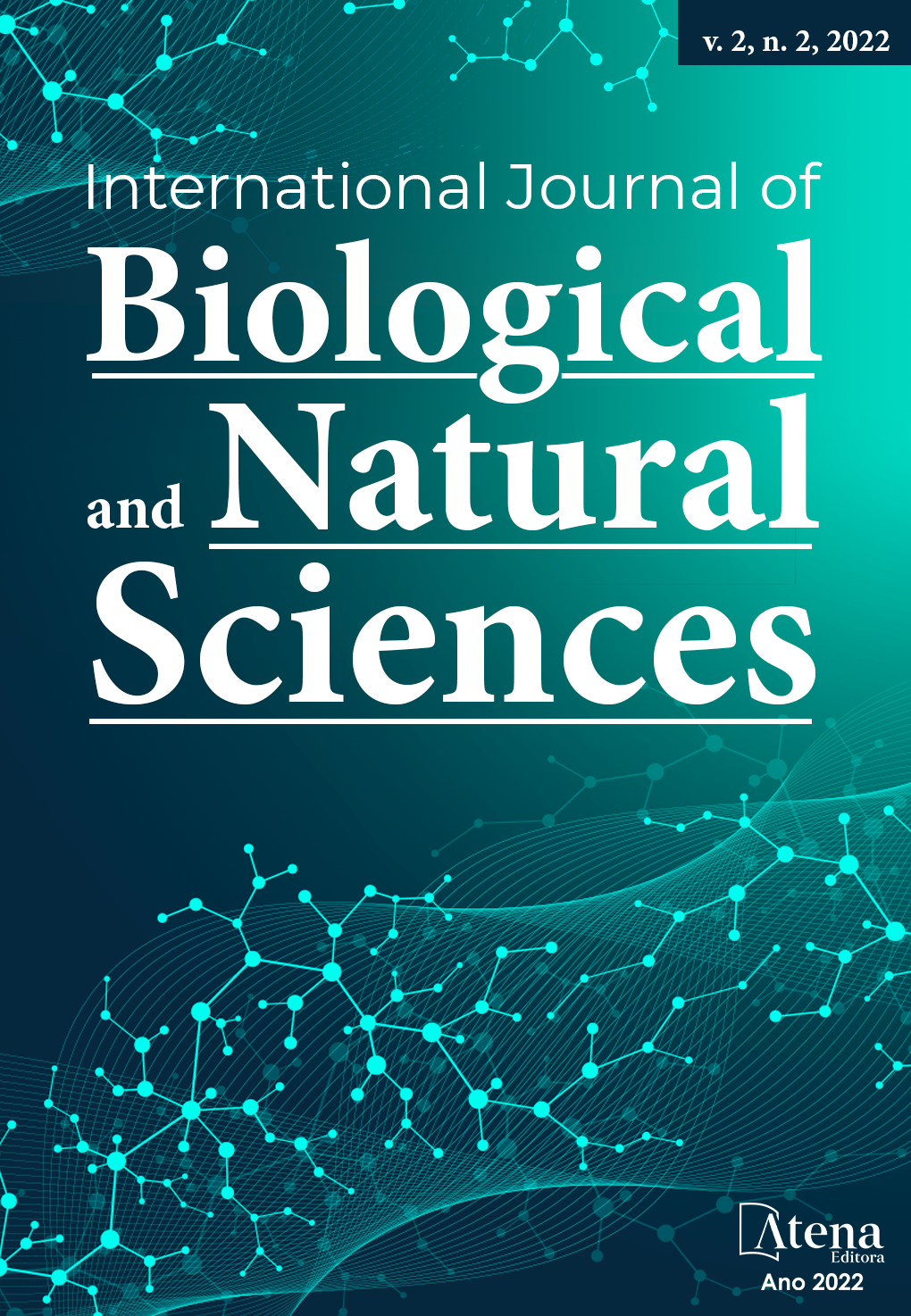
EFFICIENCY OF STETHORUS SP (COLEOPTERA: COCCINELLIDAE) IN THE CONTROL OF RAOIELLA INDICA (ACARI: TENUIPALPIDAE)
Cocos nucifera L. assumes great importance in Brazilian agriculture. The crop faces several phytosanitary problems, among which those caused by phytophagous mites stand out. Concerns have arisen about the consequences of establishing Raoiella indica Hirst, where plants of economic and ecological importance can be potentially affected, considering that this pest mite causes significant damage to coconut, banana and ornamental palm trees. Since it was reported in Brazil, studies have been carried out to combat the pest. The use of different acaricides has been the main way of combating this phytophagous mite. However, efforts have become expensive, considering the wide variety of host plants and the high potential for pest dispersion. In this sense, the use of natural enemies has shown promise in the management of R. indica. The objective of this work was to evaluate the potential of Stethorus sp in the control of R. indica. The experiments were carried out in the Acarology Laboratory of the Department of Entomology and Acarology of the Escola Superior de Agricultura “Luiz de Queiroz” (ESALQ/USP). Nine populations of Stethorus sp from different Brazilian regions. The population that showed the highest rates of predation and oviposition was collected in the state of Maranhão and the one with the lowest potential was that collected in the state of Minas Gerais, taking into account all life stages (eggs, larvae, adults) of the species. pest mite offered as food to the predator. This study contributed to the advancement of knowledge about the predatory mite and to the establishment of biological control programs for R. indica in coconut cultivation, in the different Brazilian regions where the pest is present.
EFFICIENCY OF STETHORUS SP (COLEOPTERA: COCCINELLIDAE) IN THE CONTROL OF RAOIELLA INDICA (ACARI: TENUIPALPIDAE)
-
DOI: 10.22533/at.ed.813222216032
-
Palavras-chave: Red palm mite, biological control, predatory insects, functional response
-
Keywords: Red palm mite, biological control, predatory insects, functional response
-
Abstract:
Cocos nucifera L. assumes great importance in Brazilian agriculture. The crop faces several phytosanitary problems, among which those caused by phytophagous mites stand out. Concerns have arisen about the consequences of establishing Raoiella indica Hirst, where plants of economic and ecological importance can be potentially affected, considering that this pest mite causes significant damage to coconut, banana and ornamental palm trees. Since it was reported in Brazil, studies have been carried out to combat the pest. The use of different acaricides has been the main way of combating this phytophagous mite. However, efforts have become expensive, considering the wide variety of host plants and the high potential for pest dispersion. In this sense, the use of natural enemies has shown promise in the management of R. indica. The objective of this work was to evaluate the potential of Stethorus sp in the control of R. indica. The experiments were carried out in the Acarology Laboratory of the Department of Entomology and Acarology of the Escola Superior de Agricultura “Luiz de Queiroz” (ESALQ/USP). Nine populations of Stethorus sp from different Brazilian regions. The population that showed the highest rates of predation and oviposition was collected in the state of Maranhão and the one with the lowest potential was that collected in the state of Minas Gerais, taking into account all life stages (eggs, larvae, adults) of the species. pest mite offered as food to the predator. This study contributed to the advancement of knowledge about the predatory mite and to the establishment of biological control programs for R. indica in coconut cultivation, in the different Brazilian regions where the pest is present.
-
Número de páginas: 13
- Mario Eidi Sato
- Gilberto José de Moraes
- Elias Soares de Figueiredo


